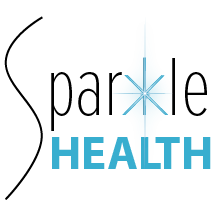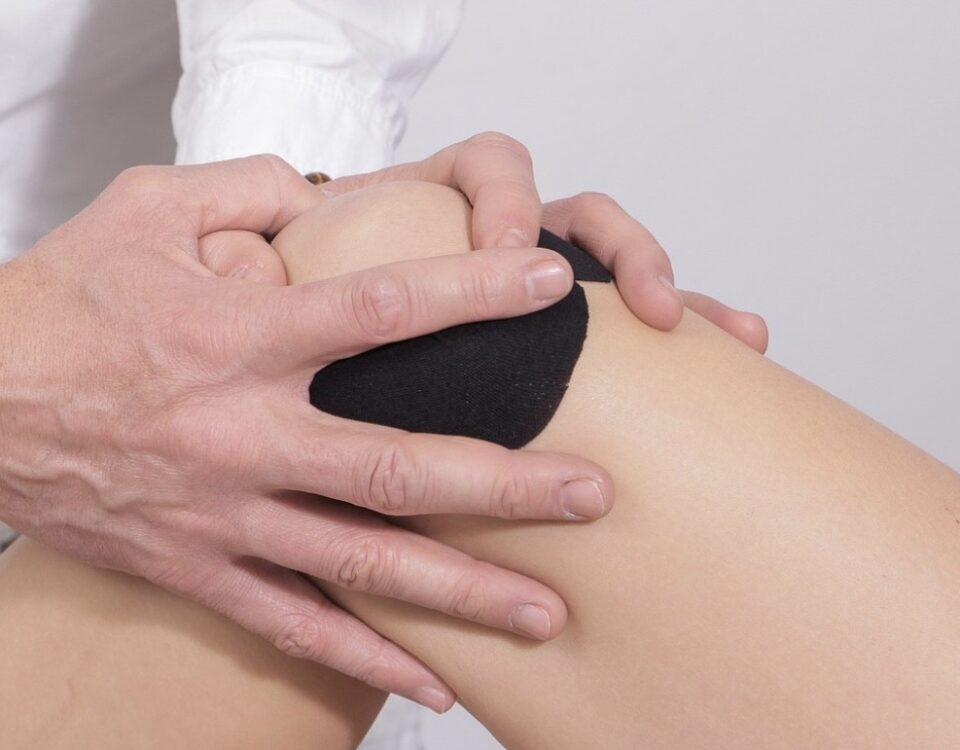Finding Health
Have you lost your Health? If you are alive and breathing, you haven’t. Your Health is there, it just may need a little support to get the work of healing done. When an injury, disease or dysfunction occurs, your body has the resources to repair or compensate for it. There is a behind the scenes biological process that works to restore order. The role of the Osteopath is to help facilitate this process. To access the patient’s healing mechanism, we use our hands to perceive motion and health to allow for that innate process to work on the dysfunction.
Healing Happens on Its Own Timeline
Think about when you have a cut of skin. Immediately after the injury occurs a process starts to facilitate healing of that cut. It may take one person 2 days for the body to close and repair the wound and it may take a second person 7 days to heal. Maybe the first person has more nutritional resources in the “biological soup” that the cells sit in and can heal quicker. Maybe that first person used a bandage to approximate the tissues better. Maybe the second person’s wound was larger and required more time and health resources to heal. Maybe the second person has other dysfunctions that require more attention by the body and the cut is not the priority.
The point is, the body that knows what to do, it just sometimes may not have support it needs or is compensating in some way to “carry on” function. It is frustrating sometimes but it takes as long as it takes and that varies from person to person. The quality of the tissue and fluid motion, how things change or respond during the treatment and the evolution from visit to visit are sometimes helpful prognosticators along with clinical improvements. Dysfunctions that are chronic and have taken years to acquire will often take more time to improve.
Enter the Osteopath
If everyone can heal within them, then why do we need an Osteopath? The Osteopath will work to sense the area of health dysfunction and bring into focus what is moving well. In this way, when there are structural barriers in the workings of the healing mechanism, it allows for the body to do the work of healing more efficiently. Think of it like the use of the bandage to help the tissues heal. After a few days, the body is making progress and does not need the support and the healing mechanism takes over. The osteopathic treatment is similar. It sometimes takes days and weeks for the body to absorb, reorganize and manage the response to dysfunction- on its own timeline of course.
“To Find Health Should Be the Object of the Doctor”
In medicine, we are often trained to look for health problems. This is the “name it” and “blame it” approach. This of course has some utility in organizing medical diagnoses, however though, the goal of an osteopathic treatment is to look for the Health. This is a big philosophical difference between allopathy and osteopathy. It is fine to gather information on the injury and what is wrong and the diagnoses and the problem of what is NOT working but once we put hands on, the focus and goal is finding and facilitating the healing mechanism within the person. In this way, whether conventional tools are utilized, we are working with the person’s own response to the disease. This makes the whole process of getting better easier for both the doctor and the patient.





